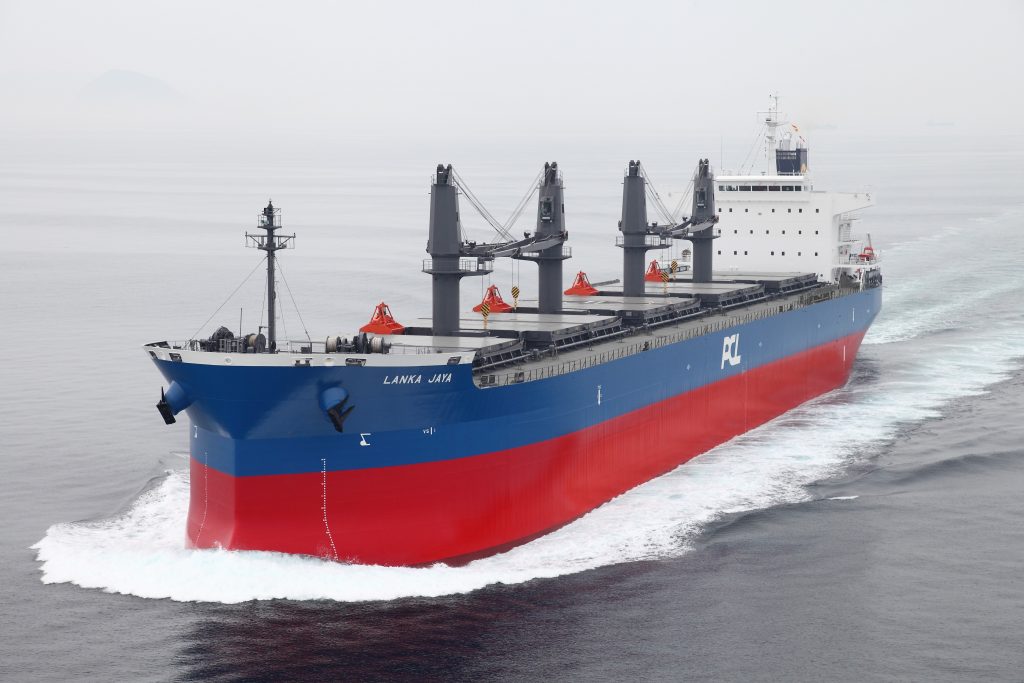The fundamental concept of BOS Natural Ballast came from the assumption that as 70% of the world surface is water, there must be plenty of compliant water out there. To confirm this BOS and Pacific Carriers deployed two ships to collect samples of the ballast water taken from the ports and oceans around the world. The ballast water was analysed and the results confirmed that there is more compliant water that meets the D2-standard than non-compliant.
BOS Natural Ballast provides a better way for Ballast Water Management to use naturally compliant water.
At the moment, most ballast water treatment systems involve methods of filtering off the bacteria and pathogenic cells larger than 50 microns in the first stage, and then follows by the processes of actively killing the remaining bacteria and pathogens with aggressive treatment options such as UV light, electrochlorination, deoxygenation, heating/pasteurisation, injection of active substances, for example. These aggressive treatment methods require a lot of power which causes more pollution to the air. The methods also often come with high costs requiring installation work in dry dock.
The unique difference between BOS Natural Ballast and other ballast water treatment systems (BWTS) is that there is no need for such an aggressive treatment. The system measures and records all ballast water management parameters continuously during ballasting and de-ballasting operations. It verifies that the ballast water meets the ballast water discharge standard at all times. In case there is no compliant water available during the uptake the ship has the option to uptake ballast at the port but to flush the non-compliant ballast water later at mid ocean.

